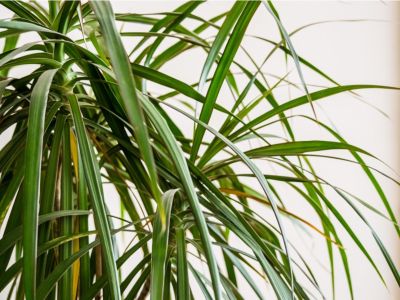What’s Wrong with my Dracaena?
Problems with dracaena houseplants usually involve inappropriate cultural care rather than something more serious. Plant diseases are very rarely a problem. Dracaena cultural care is not difficult, but you need to pay attention to their requirements to keep them healthy. These plants need bright but indirect sunlight. They also need to be irrigated with tepid water on a regular basis when they dry out. So what’s wrong with my dracaena houseplant, you ask? Dracaena plant issues in the home are usually water or pest related.
Common Dracaena Plant Issues
Too little water or very low humidity can cause the plant to get dry tips and edges. Too much water can result in dracaena plant issues like a sudden loss of leaves or root rot. Leaf loss and root rot can also be caused by poor drainage. If you put these plants in direct sun, your dracaena problems can include round dry patches and streaks on the leaves. Yellowing tips can mean excess fertilization. This can also result from too much fluoride in the water. Scale insects and mites are the most common insect pests of dracaena. You’ll see them on the leaves or else notice yellowing. Wash them off with soapy water or buy a treatment at the garden store.
More Serious Problems with Dracaena
Those growing dracaena plants outdoors will have to face more serious dracaena problems. These can include fusarium leaf spot and soft rot. Leaf blight may also occur on these plants but is less common. If your dracaena plant issues show up as reddish or tan spots with yellow halos, the plant may have fusarium leaf spot, a fungus issue. The spotting will be on young leaves and usually near the leaf base. The way to prevent fusarium leaf spot is to cease overhead watering. The way to fix existing leaf spot is to apply a fungicide according to label directions. If your problems with dracaena involve soft rot, the plant will look and smell like it is rotting. Lower leaves collapse. This is not a problem that can be cured, so dispose of the plant.
